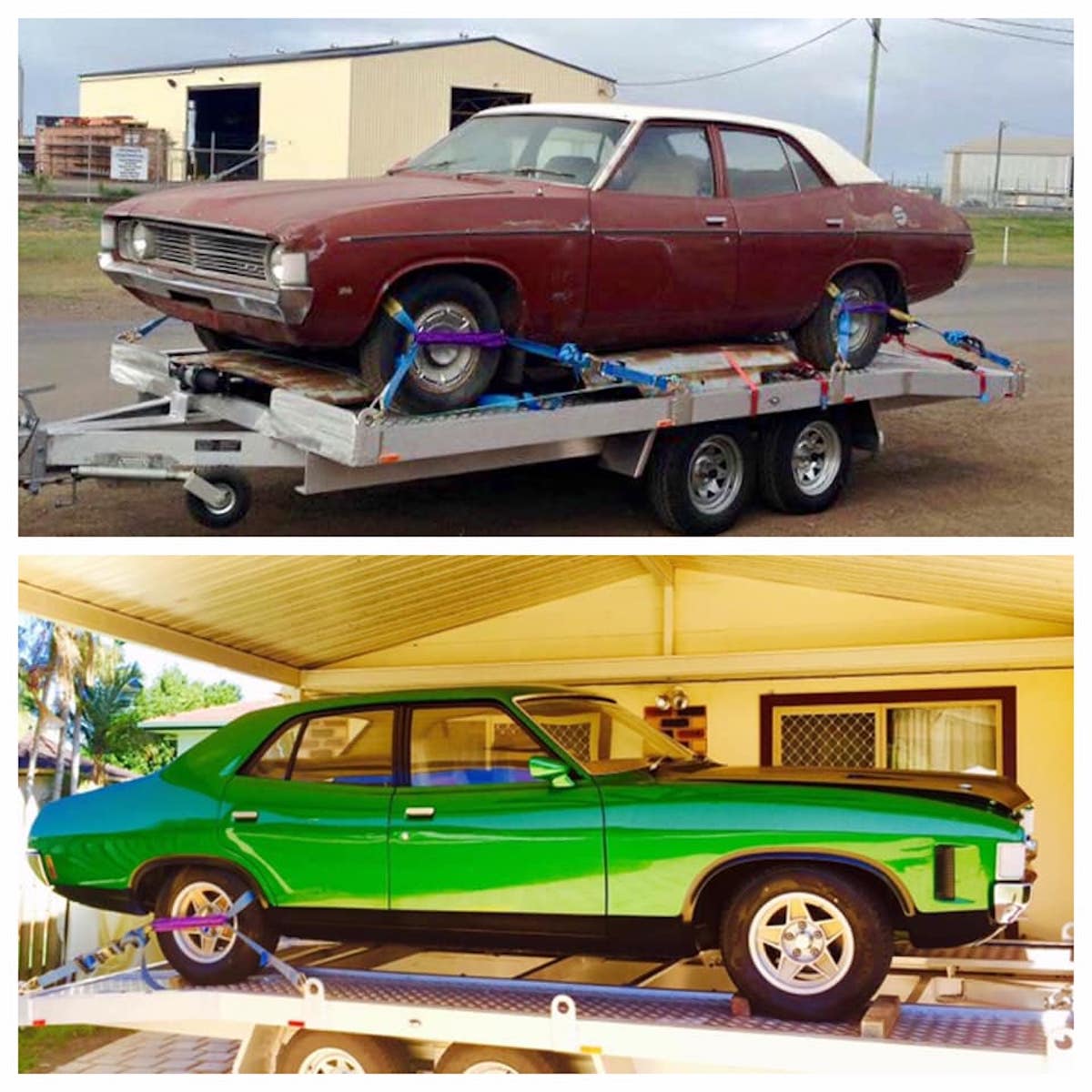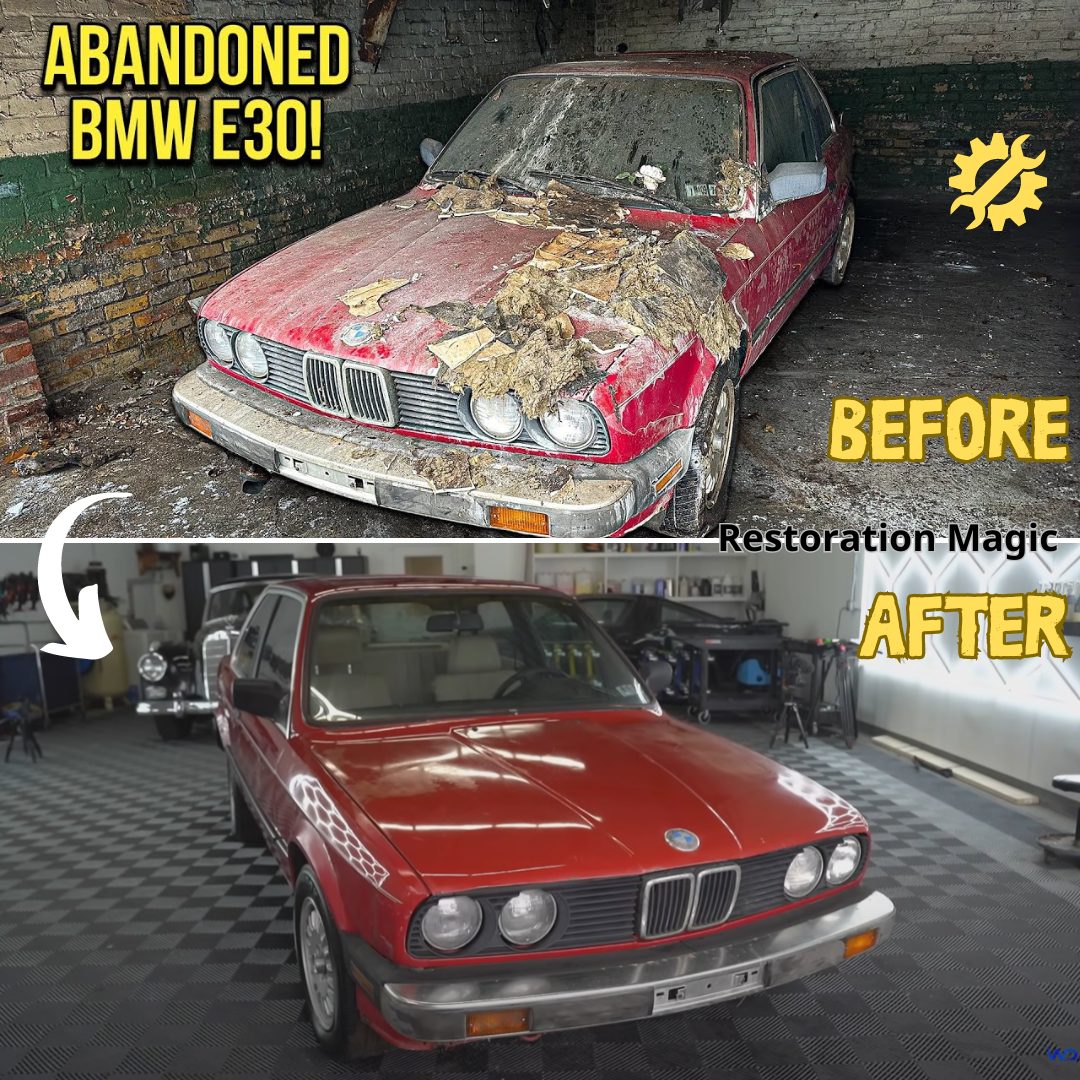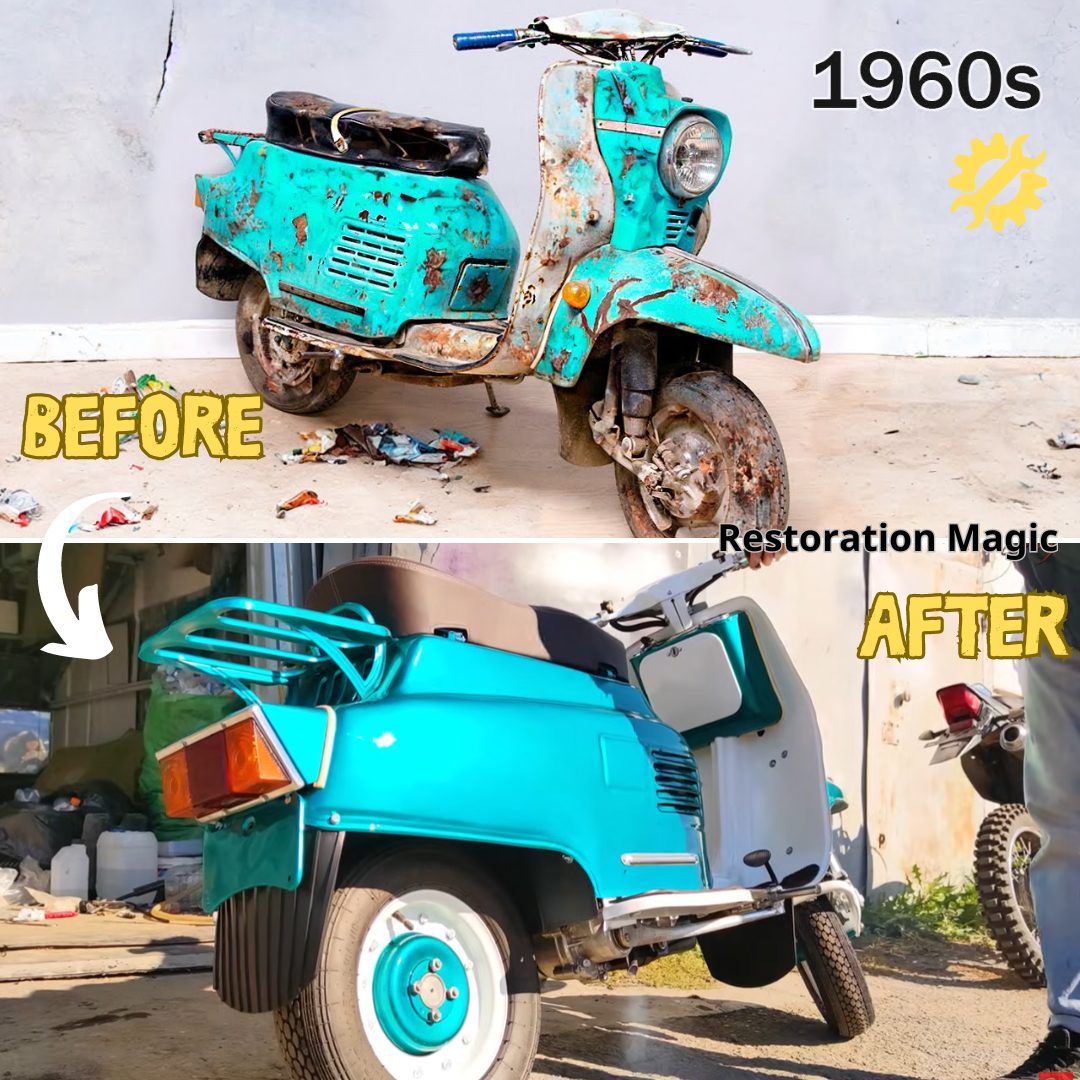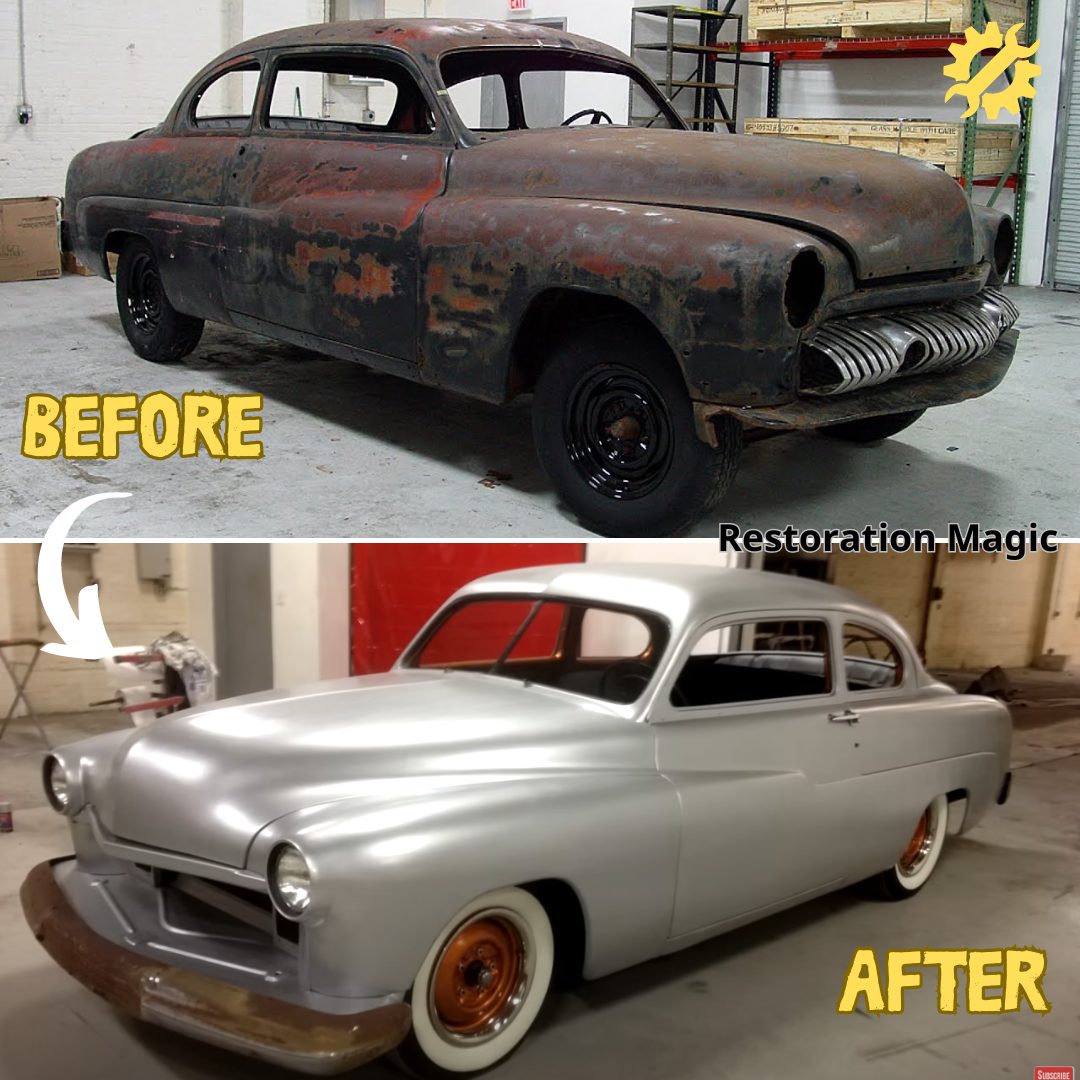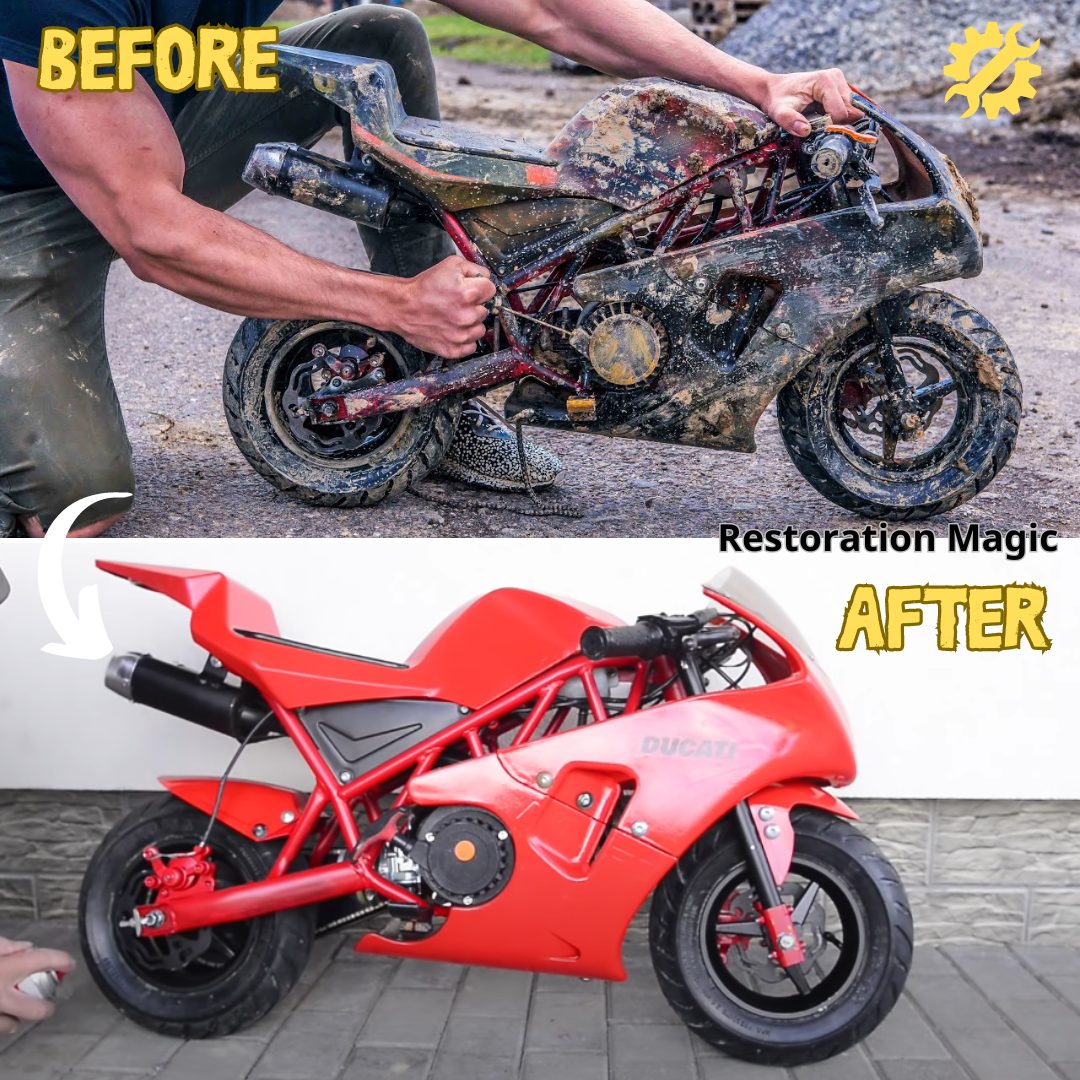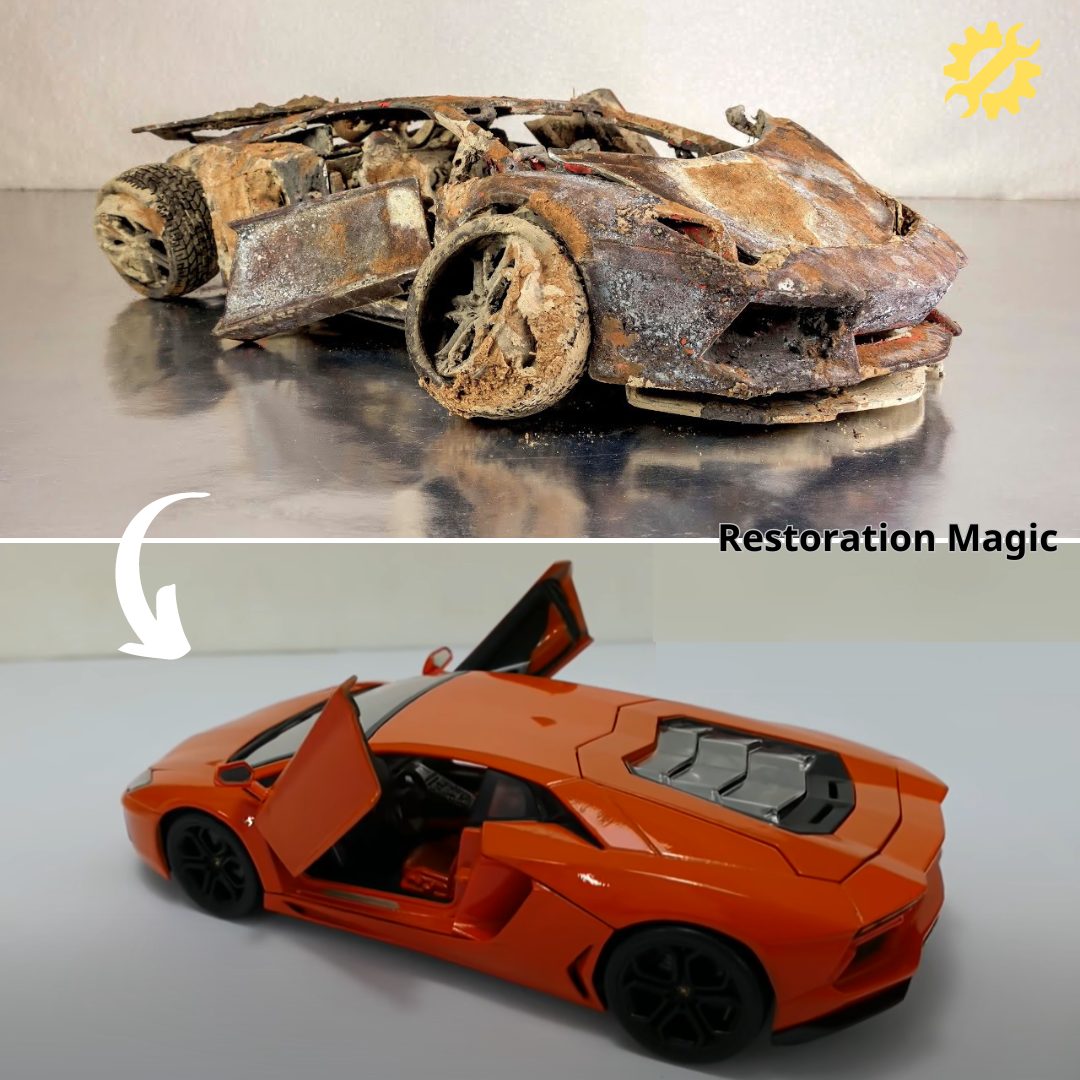With its stunningly beautiful Vignale coachwork, the powerful Lampredi V12 and an impressive track record in period road racing, this rarer-than-rare Ferrari 340 MM Spider must rank among the most desirable sports cars of all time. Now the car is coming up for auction with RM Sotheby’s in Monaco.
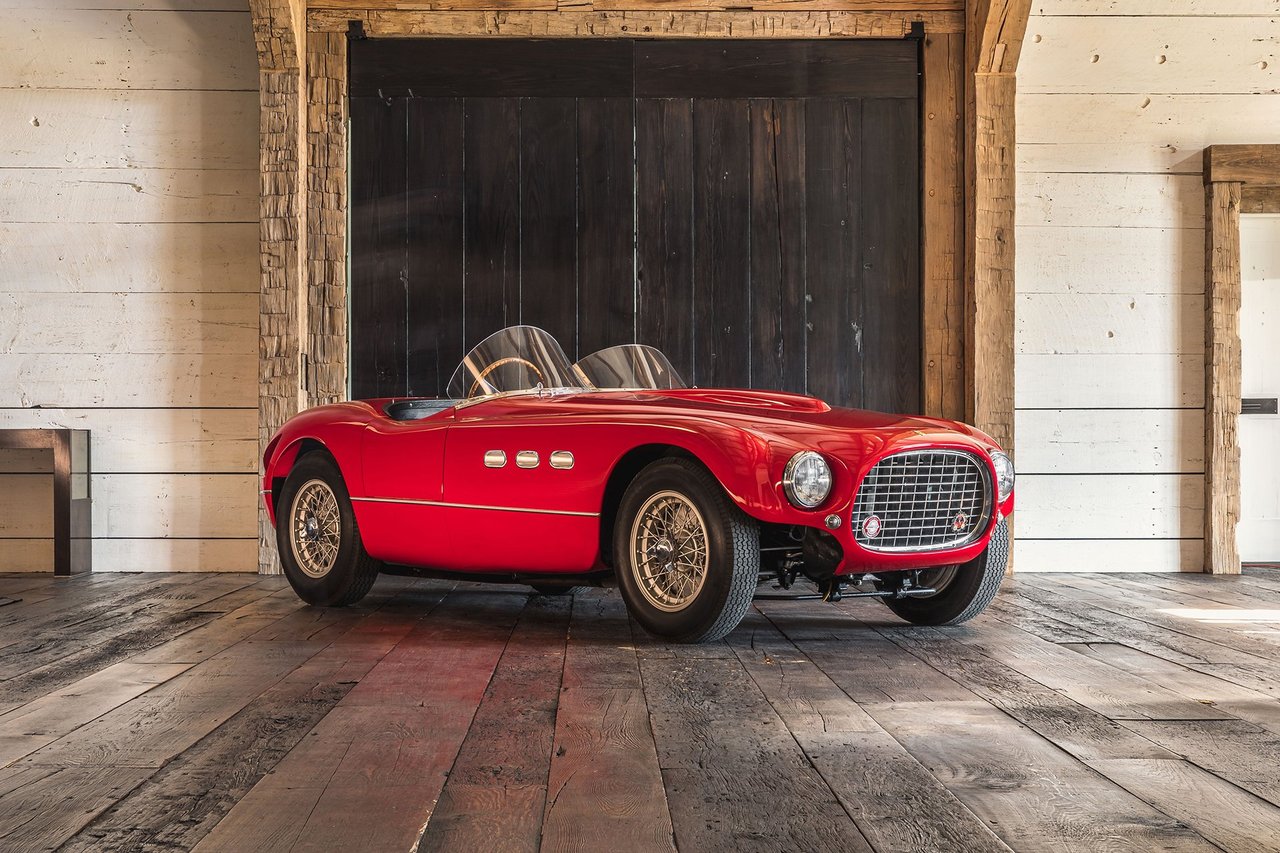
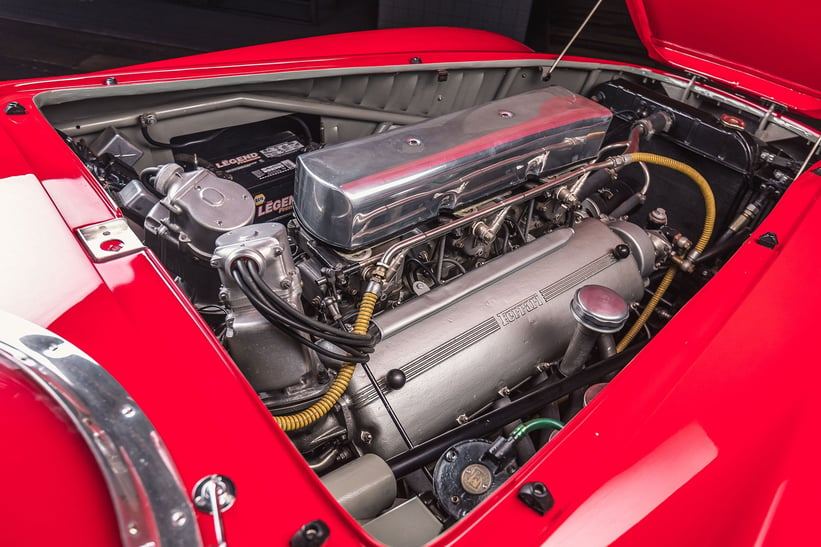

Here’s a potential question for anyone planning a motoring trivia quiz: what do the actor who played Mowgli in the 1942 movie The Jungle Book and a key player in the invention of the personal pager have in common? Answer: they both owned the remarkable Ferrari pictured here, the last of the 10 340MM Vignale Spider competition cars built – and one of just four remaining. Set to come under the hammer at RM Sotheby’s in Monaco on May 14, it represents a key period in Ferrari’s racing history, both because the 340MM was one of the first to use the ‘long block’ V-12 engine created by the precocious Aurelio Lampredi and because the car’s overall design was so effective that it enabled the Scuderia to win the 1953 World Sports Car Championship.
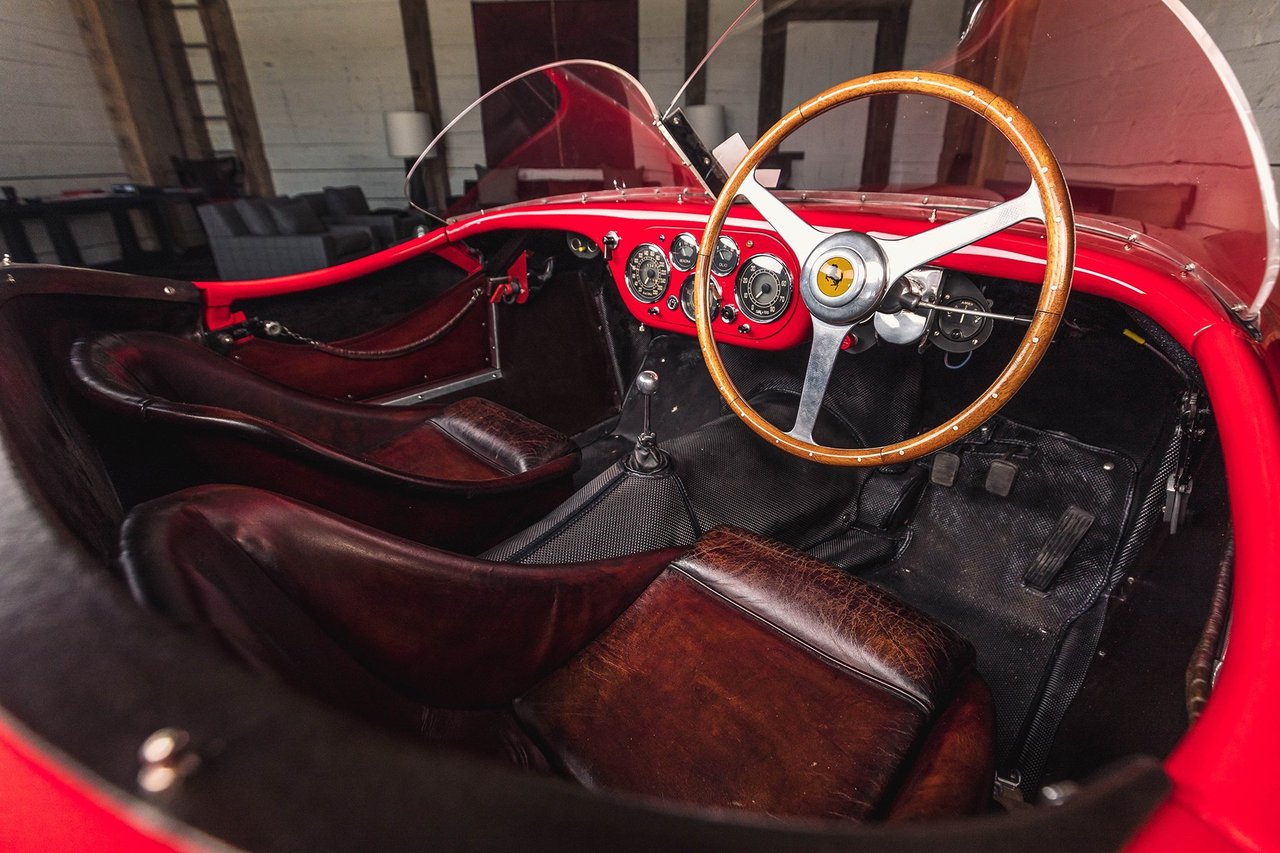
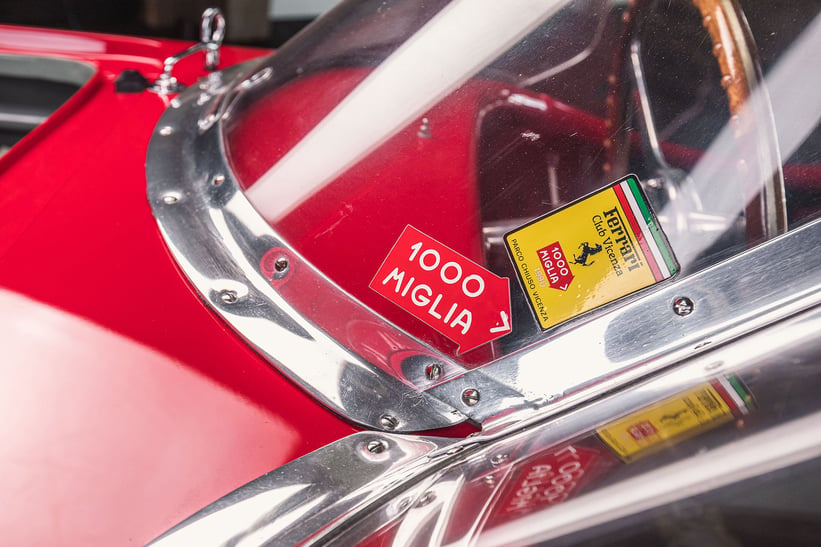
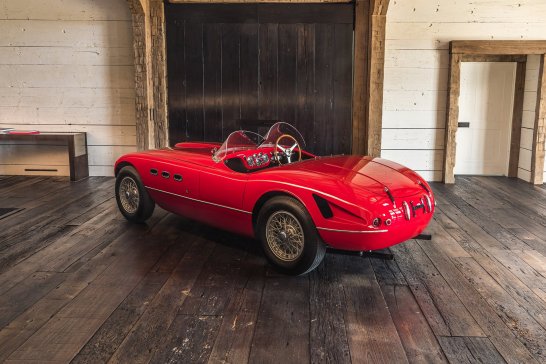
As any die-hard enthusiast will tell you, all historic Ferrari competition cars were stamped with even numbers while road and GT cars carried odds – and a mere 480 of the former were built, making them rare in anyone’s book. The story of this particular matching numbers survivor begins in September 1953 when the dashingly-named American businessman, aviator, sportsman and racing driver Sterling Edwards set-off on honeymoon with his brand-new bride. He had clearly planned the trip himself, since the couple flew direct to Italy to collect the 340MM that he had ordered through U.S Ferrari importer Luigi Chinetti.
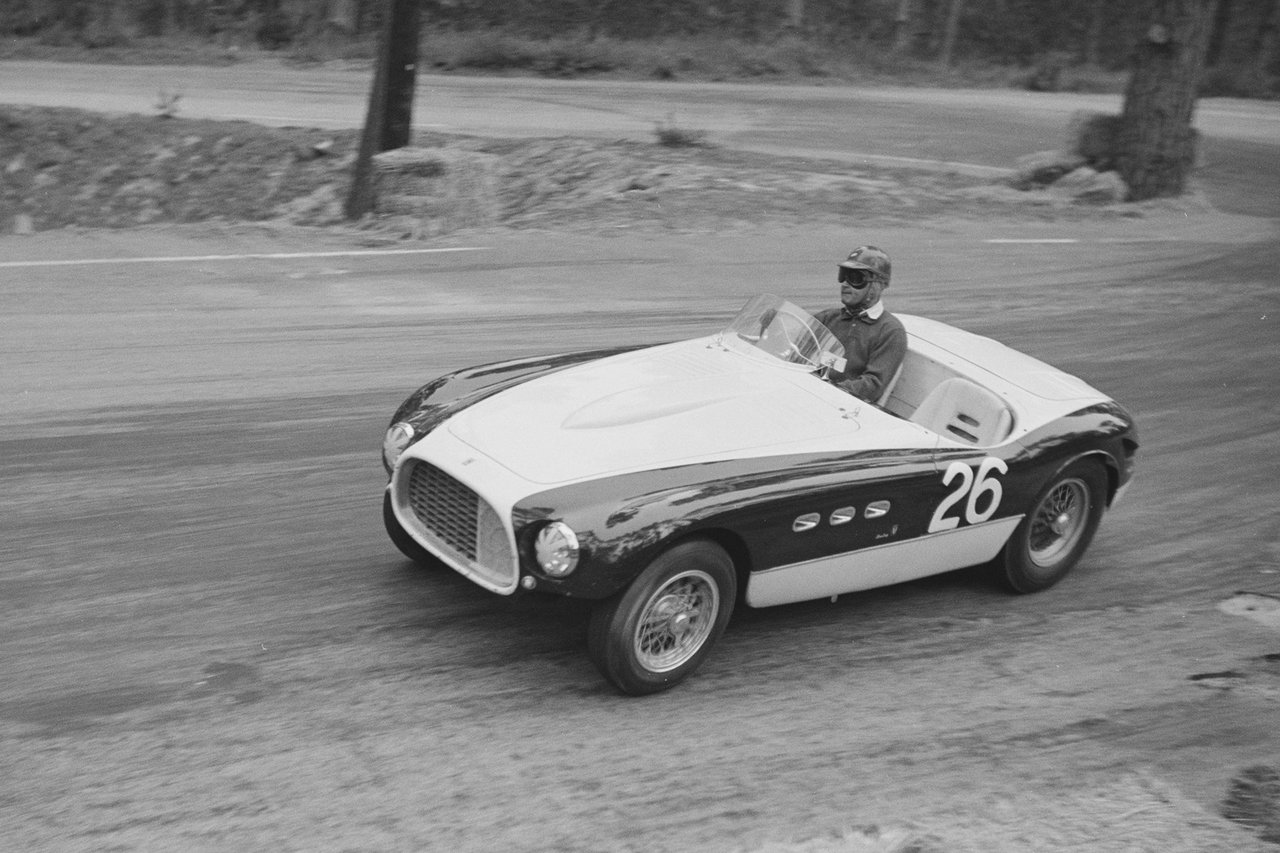

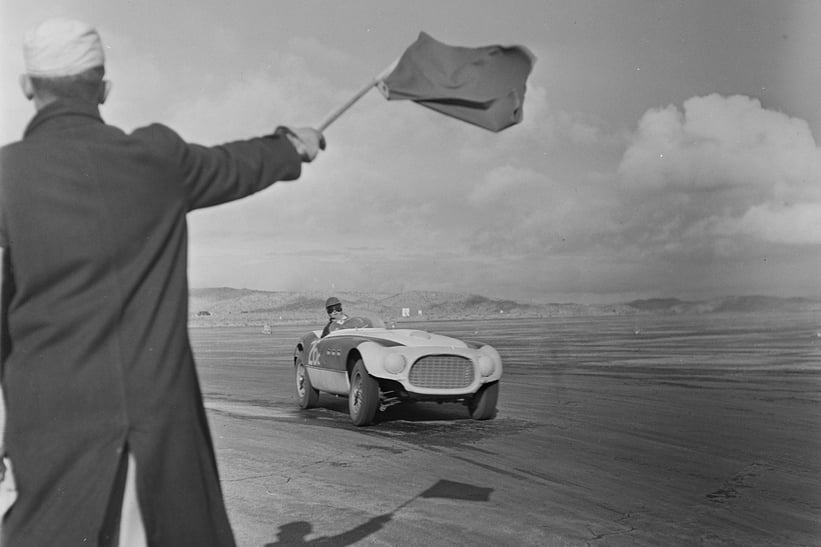
When Edwards and wife arrived at the factory the car was waiting, its Vignale coachwork elegantly finished in a unique-for-the-model combination of dark blue and white – a scheme said to have been chosen to reflect the new owner’s American roots. With its triple oval portholes on the front wings, triangular cooling vents towards the rear, 10-slot bonnet and ‘outboard’ headlamps, the car followed the form of previous Ferrari barchettas – but also had the benefit of the 300 bhp produced by the Lampredi V12.

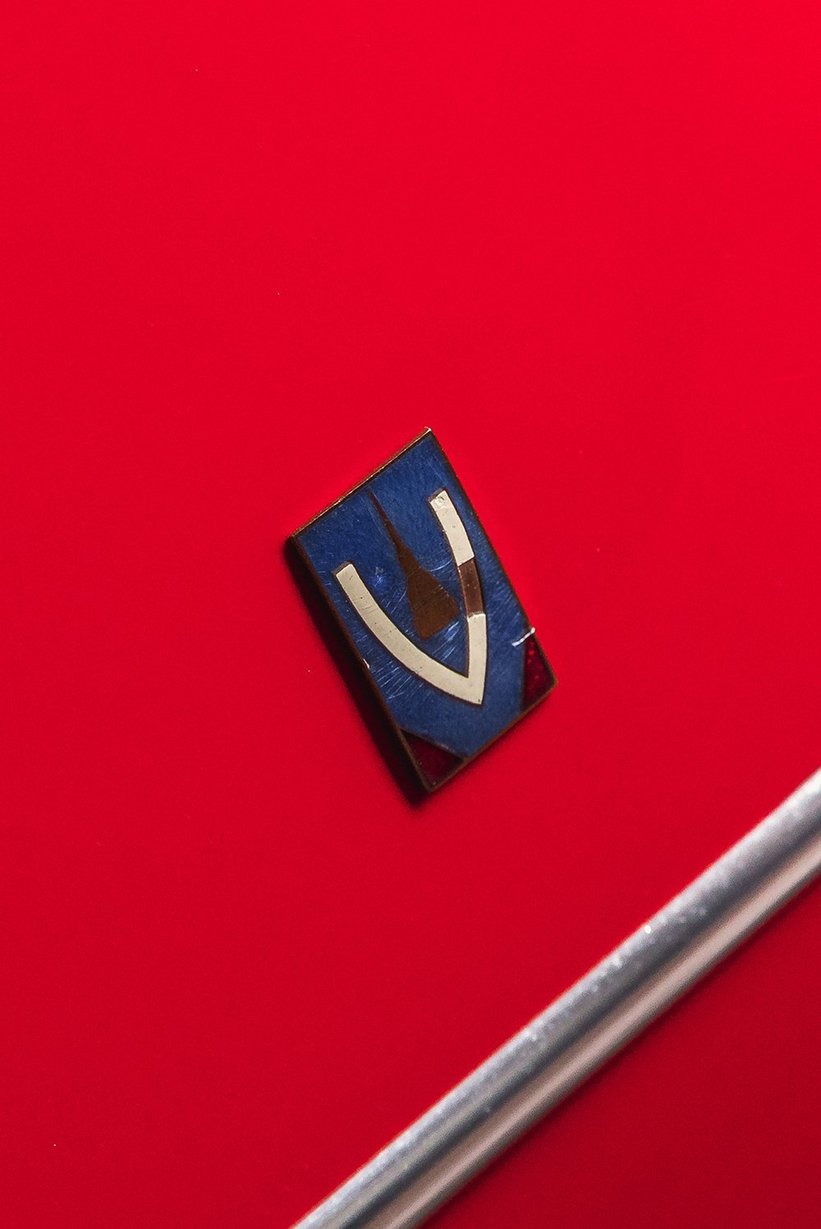
An almost identical sister car had already won that year’s gruelling Mille Miglia, so it’s perhaps not surprising that Edwards decided that his honeymoon should centre around a spot of motor touring – and chose a route that closely followed that of the legendary race. Afterwards he had the car transported home to San Francisco where he set about driving it as it was intended to be driven, kicking-off its competition career with a debut win at a SCCA event held at the Stead air base in Reno.
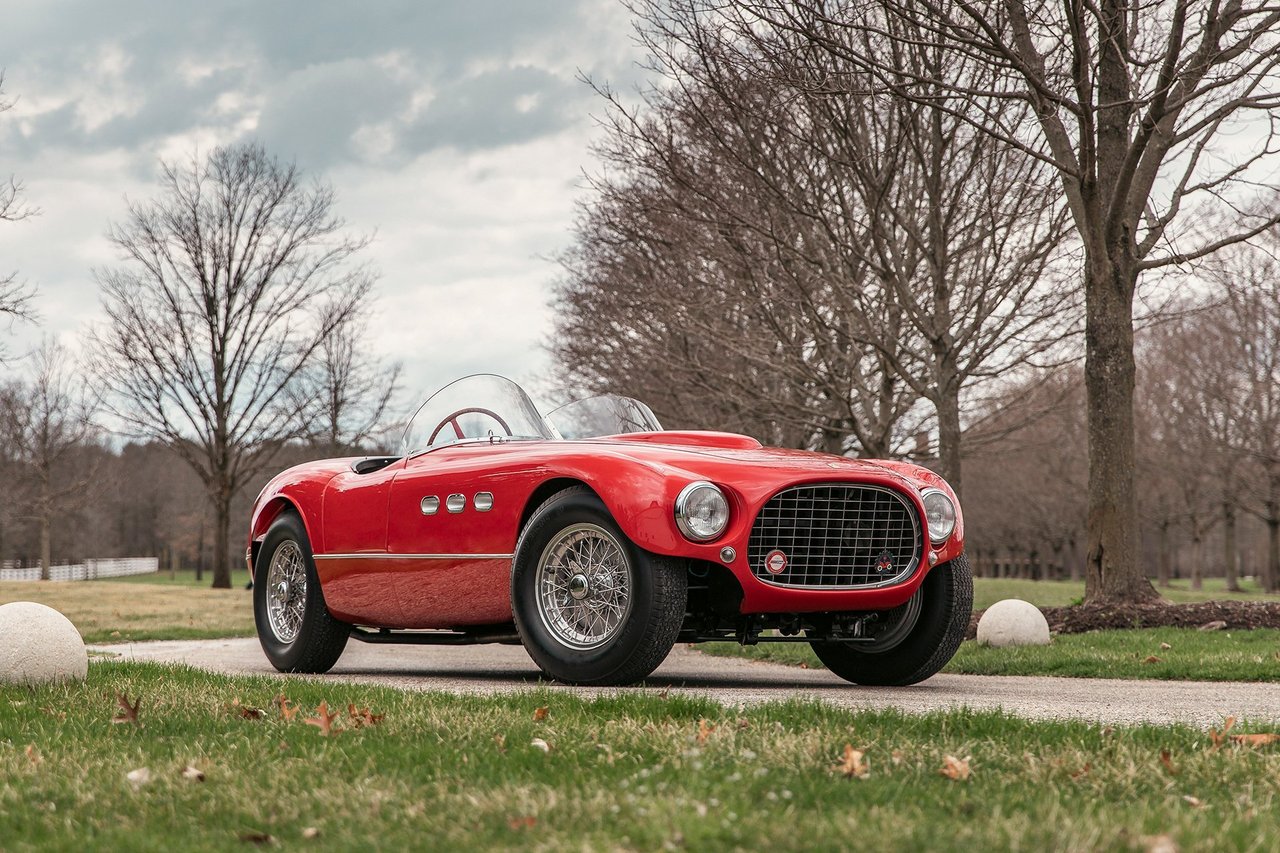


Further victories followed in 1954, first at Palm Springs in February and then, in April, at the fifth annual Pebble Beach Road Races (of which Edwards was the founding chairman) where he won the Del Monte trophy outright and set a record lap time in the process. After further wins and podium placings throughout the year, Edwards sold the car in 1955 to a Jim Pauley (who modified the bonnet bulge by cutting vents to improve airflow to the hard-worked engine).
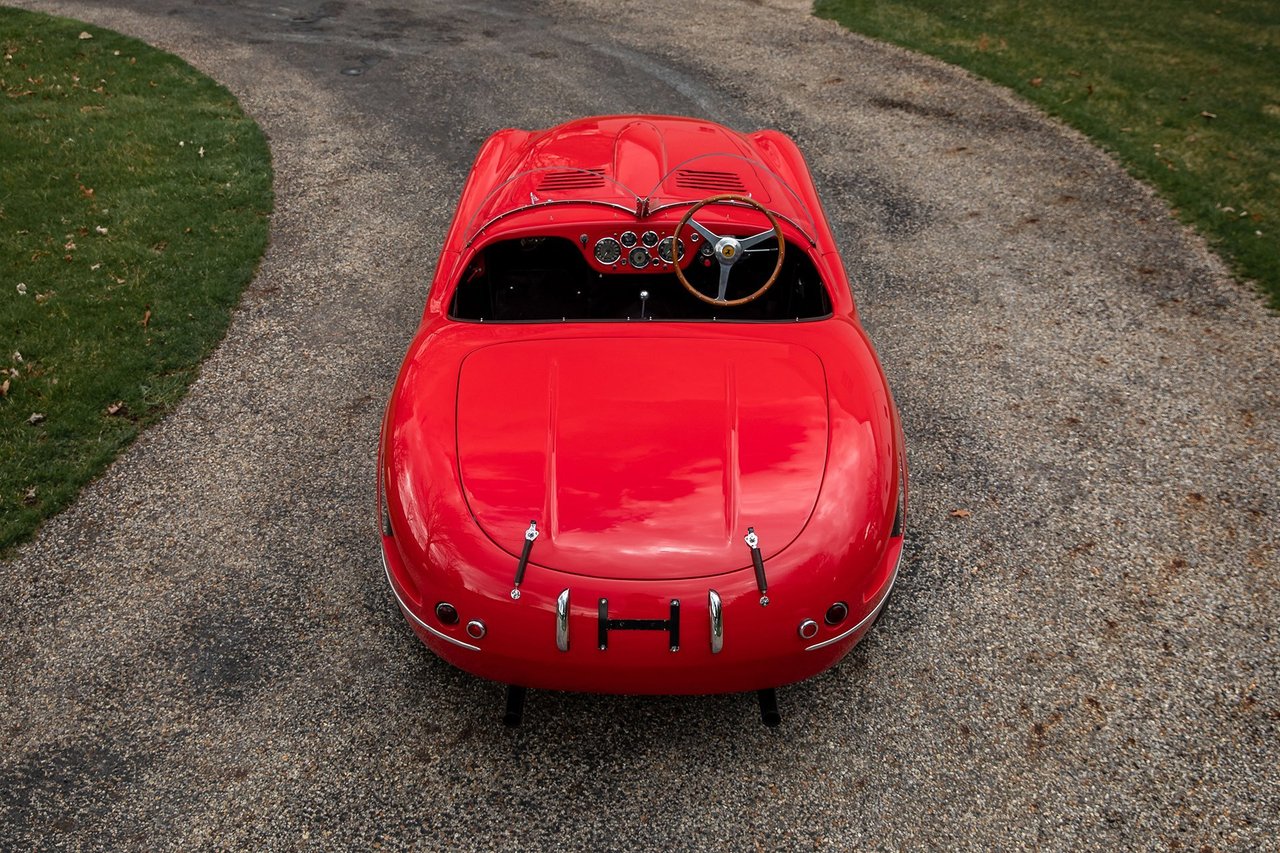
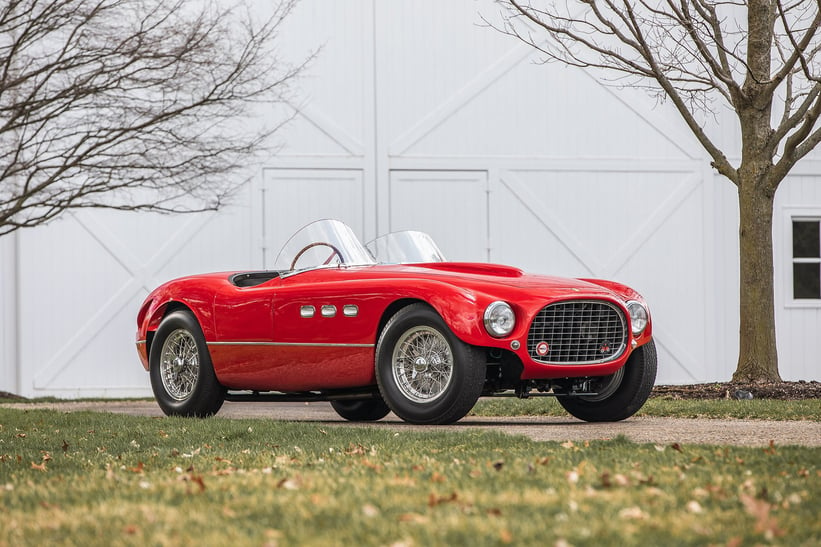
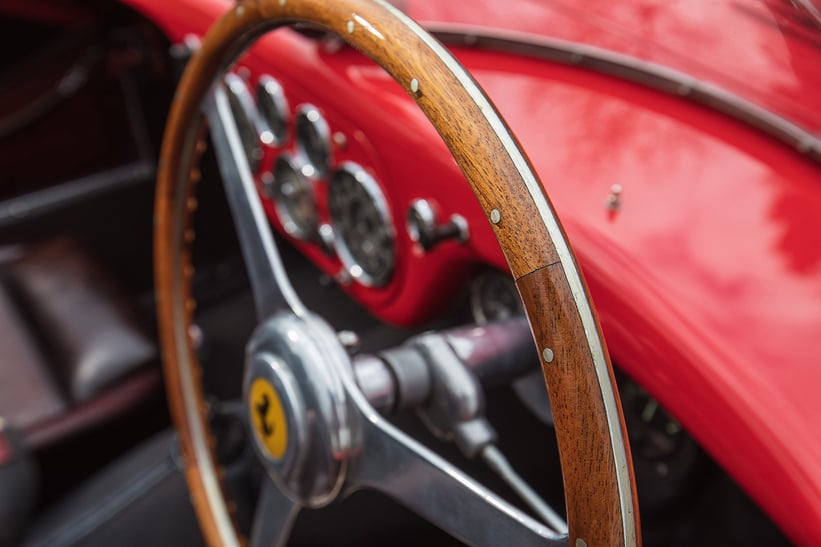
The next owner was the famed So-Cal hot-rodder Ernie McAfee who, in turn, passed it on to racer Tom Bamford who re-painted it in predictable ‘Rosso’ and took it to first in class at the L.A. Sports Car Road Races staged at Hansen Dam in June 1955. It was three years later that the car was acquired by the remarkable Indian actor Sabu Dastagir who became an American citizen in 1944 after achieving cinematic fame as a young actor in films such as Elephant Boy, The Drum, The Thief of Bagdad, Mowgli and Arabian Nights. Usually known simply as ‘Sabu’, he joined the U.S. Army Air Force in the vulnerable role of tail gunner on B-24 Liberators, surviving dozens of missions in the Pacific and leaving with a DFC for valour. Sabu still owned the 340MM in 1963 when, just two days after breezing through a routine medical check, he dropped dead from a heart attack at the young age of 39.
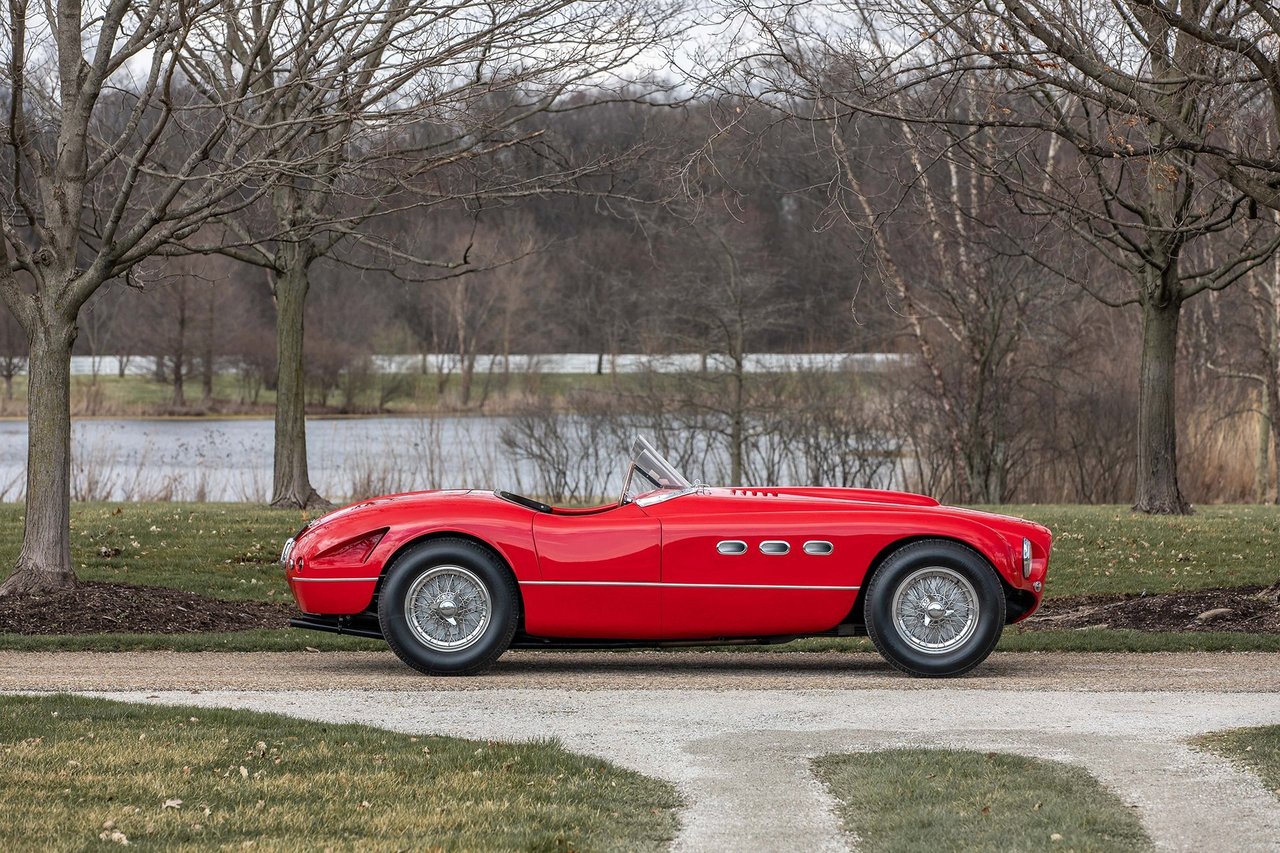
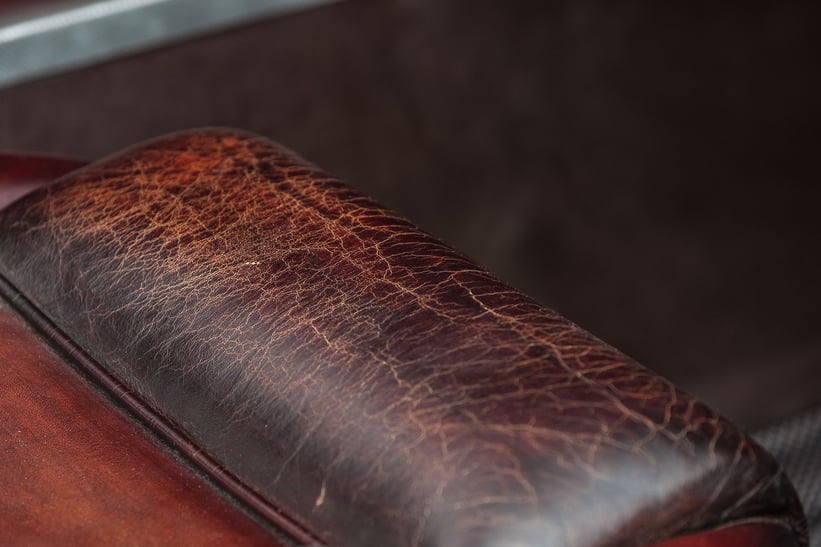
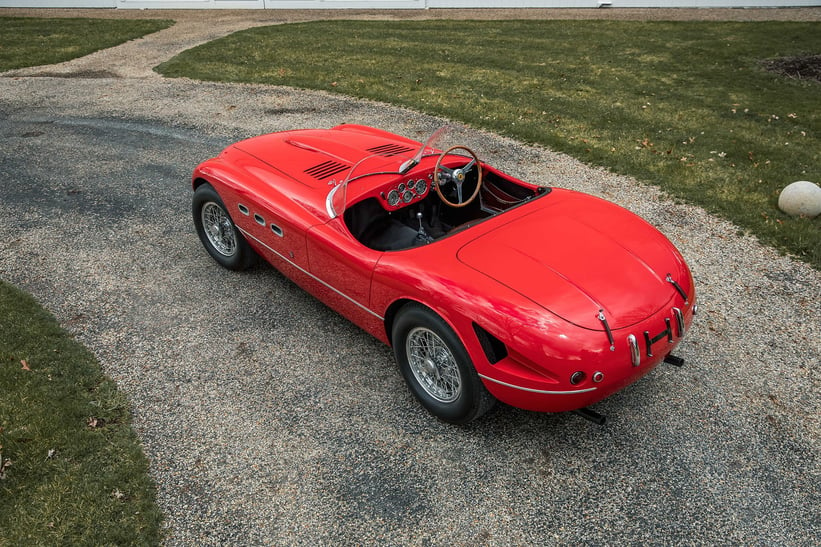
The car subsequently remained dormant for another six years until it was sold from his estate to a pair of Californian enthusiasts who ‘went halves’ on it, kept it for six years and then sold it to former NART driver turned car dealer Harley Cluxton of Arizona’s Grand Touring Cars. Cluxton sold the car to another U.S. owner in 1976, three years after which it was shipped to a buyer in the U.K before being acquired by David Cottingham of top restoration firm DK Engineering in 1980. Cottingham fully restored it, returning it to its original colour scheme and sealing the vents cut by Pauley. He went on to race the car extensively and successfully until 1984 when it went back across the pond to Sherman Wolf of Amherst, New Hampshire, who had made his money as a key figure in the development of the personal pager.

After returning the car to ‘Ferrari red’, Wolf used it for touring, entered it for the Mille Miglia Storica no fewer than five times and completed the Colorado Grand in it on four occasions – before sending it back to DK Engineering for another re-paint, again to its correct blue and white. Wolf kept the car up to his death a decade ago, when it was acquired by its current 13th owner who has now consigned it to RM Sotheby’s with a pre-sale estimate of Euros 6 – 8m. Considering its rarity and the models’ place in Ferrari’s history – and lest we forget, it’s a decade since one has been offered at auction – the estimated price for this car actually could be considered as good value. It’s not necessarily comparing like for like, but consider that there were 36 Ferrari 250 GTOs constructed and two of them have been across the block in the past ten years. So, for their money, the buyer will get one of the most successful early Ferraris to compete in SCCA events, the car that first showed America the potency of Lampredi’s glorious V12 – and a guaranteed ticket to some of the most important and prestigious historic motoring events in the world. Enough said.
Images courtesy of RM Sotheby’s
